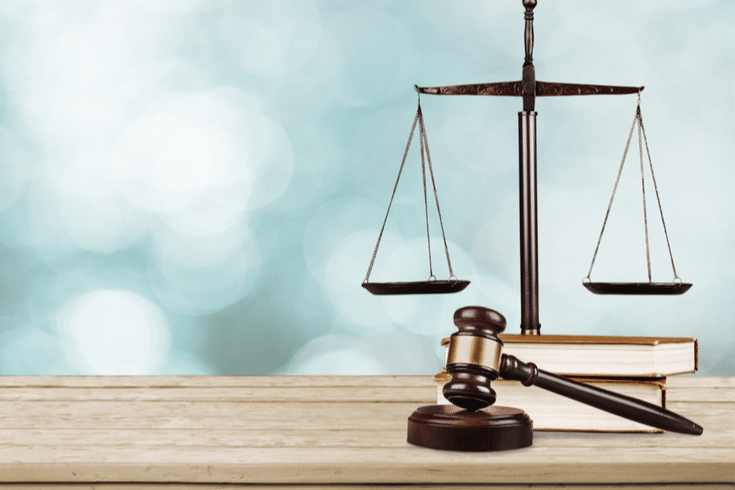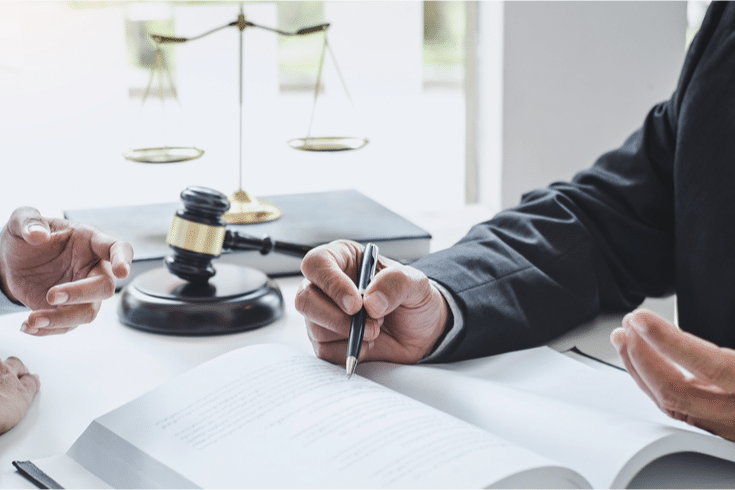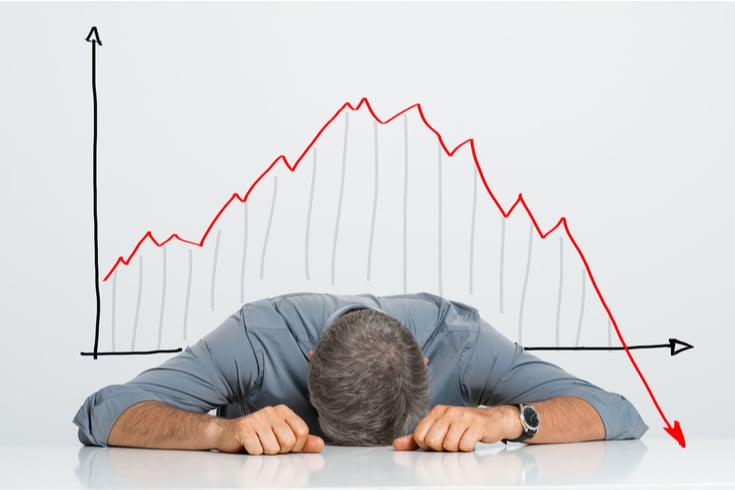Infringement and Civil Remedies in Japanese Copyright Law: Injunctions, Damages, and Disgorgement of Unjust Enrichment

In the global business landscape, the protection of intellectual property rights, especially copyrights, is a strategic element that forms the core of maintaining a company’s competitiveness and asset value. When conducting business in the Japanese market or collaborating with Japanese creators and companies, it is essential to have an accurate understanding of how Japanese copyright law functions, not only for compliance but also from the perspectives of risk management and asset utilization. What legal measures can rights holders take if their works are used without permission? Japanese law provides strong and multifaceted remedies to protect the interests of rights holders. This article will provide a detailed explanation from a professional standpoint on the requirements for establishing copyright infringement under Japanese copyright law, and the main civil remedies available to rights holders, such as injunctions, claims for damages, and claims for disgorgement of unjust enrichment, based on specific legal provisions and case law. Understanding these legal frameworks will serve as a solid guideline for protecting your own works and respecting the rights of others.
Establishment Requirements for Copyright Infringement Under Japanese Law
Whether copyright infringement is legally established is not determined by subjective impressions but by objective criteria based on the Japanese Copyright Law. For an act to be considered copyright infringement, it must primarily meet three requirements: “originality,” “dependence,” and “similarity.” These criteria serve the important function of defining the scope of rights protection and simultaneously ensuring that the freedom of creative activity is not unduly restricted.
The Nature of Copyrightable Works Under Japanese Law
In order to assert copyright infringement, it is a fundamental prerequisite that the work in question must qualify as a “work” as defined in Article 2, Paragraph 1, Item 1 of the Japanese Copyright Law. This law defines a work as “something that creatively expresses ideas or emotions and belongs to the fields of literature, academia, fine arts, or music.” From this definition, it is clear that “creativity” is essential for a work to be recognized as copyrightable.
However, the “creativity” required here does not necessarily demand high artistic quality or originality. It is sufficient if some personal personalityistics of the author are expressed, and the criteria for this judgment are relatively lenient. Nevertheless, works that would be the same regardless of who expresses them, or mere facts and data themselves, are not recognized as having creativity. For example, photographs of typhoons taken mechanically by weather satellites do not involve human creative intervention and, therefore, are not considered works in principle. Consequently, the use of such photographs by others does not raise copyright infringement issues. In corporate activities, determining whether data or reports generated by the company are eligible for protection hinges on the presence or absence of this “creativity,” which is the first critical juncture.
Reliance
The second requirement is “reliance.” This means that a new work has been created based on someone else’s pre-existing work, relying on it for its creation. Even if the two works end up being very similar, if the later work was independently created without knowledge of the pre-existing work, there is no reliance, and thus no copyright infringement occurs. This principle is in place to prevent creative activities from being hindered by coincidental similarities.
The concept of reliance was established in Japanese judicial decisions by the Supreme Court of Japan in its ruling on September 7, 1978 (1978), commonly known as the “One Rainy Night in Tokyo case.” In this decision, the Supreme Court clarified that “reproduction” under copyright law means “reproducing something that relies on an existing work and is sufficient to make its content and form recognizable.” This clarified that even if someone unknowingly creates a work that turns out to be identical, it does not constitute “reproduction,” and therefore, no copyright infringement issue arises.
However, in litigation practice, it is difficult to directly prove the presence or absence of reliance when the accused party claims to have created the work independently. This is because reliance pertains to the internal state of mind during the creation process. Therefore, courts typically infer reliance from indirect facts, such as whether the creator of the later work had the opportunity to access the pre-existing work (possibility of access) and the degree of similarity between the works. In particular, when expressions are complex or there are commonalities in unusual aspects, there is a tendency to strongly infer reliance. This highlights the importance for companies to properly store drafts, reference materials, and development records to prove the legitimacy of their creative processes.
Similarity
The third requirement is that the work created based on reliance must be “similar” to the preceding copyrighted work. Merely having similar ideas or concepts does not constitute copyright infringement. This is because Japanese copyright law protects the specific “expression” of a work, not the underlying idea.
In determining whether similarity is recognized, the Supreme Court of Japan has set forth the criterion of whether one can directly perceive the “essential personalityistics of the expression.” This means whether a person who encounters the subsequent work can directly feel the essential personalityistics of the expression in the preceding work, namely the parts where the author’s individuality is most strongly manifested.
Therefore, even if there are common elements between two works, if those elements consist of commonplace expressions that anyone could think of (such as typical depictions of a certain animal), they are not considered the “essential personalityistics of the expression,” and similarity is denied. For example, in a decision by the Tokyo District Court on March 30, 2022 (the Spring Roll Plating Photo Case), copyright infringement was denied because the composition and arrangement of a photo of spring rolls plated on a dish were deemed to be within the range of commonplace expressions. On the other hand, in another case, creativity was recognized in the specific method of expression, such as the unique arrangement of watermelons and the use of colors in the background, and similarity was affirmed due to the commonality of these essential personalityistics.
This criterion suggests where the legal boundary should be drawn when companies study the products or services of competitors and develop new products to meet market demand. While it may be permissible to draw inspiration from the ideas underlying the success of others, imitating the specific expression that embodies those ideas, especially the creative aspects that personalityize the product, significantly increases the risk of copyright infringement.
Civil Remedies for Copyright Infringement Under Japanese Law
The Japanese Copyright Law and Civil Code provide multiple civil remedies that rights holders can exercise in the event of copyright infringement. These remedies aim to halt the infringing activities, recover damages incurred, and deter future infringements. The primary means include injunction requests, claims for damages, and demands for the return of unjust enrichment.
Injunction Requests Under Japanese Copyright Law
An injunction request is one of the most direct and powerful remedies against copyright infringement. Under Article 112, Paragraph 1 of the Japanese Copyright Law, copyright holders can demand the cessation of ongoing infringements and, for potential future infringements, the prevention of such infringements.
A significant feature of this right to demand is that there is no need to prove the infringer’s intent or negligence. A claim can be made based solely on the objective fact that an infringement exists or there is a clear risk of one. This allows the rights holder to swiftly correct the situation of infringement without questioning the subjective intent of the infringer.
Furthermore, Article 112, Paragraph 2 of the Japanese Copyright Law also allows for ancillary measures to ensure the effectiveness of injunction requests. Specifically, rights holders can demand the disposal of items that constitute the act of infringement (for example, pirated books or software) or items created through the act of infringement (for example, DVDs copied without permission). In some cases, it is also possible to demand the disposal of machinery or equipment exclusively used for the act of infringement. This provision not only stops the act of infringement but also physically removes the source of infringement, providing a powerful tool for rights holders to prevent future recurrences. For companies, the ability to recall and dispose of counterfeit products is an extremely important measure to protect brand value and market share.
Claims for Damages Under Japanese Copyright Law
When a rights holder suffers damage due to copyright infringement, they can seek monetary compensation. This claim for damages is based on the provisions of tort as set forth in Article 709 of the Japanese Civil Code. Unlike injunction requests, to claim damages, the rights holder must prove that the infringer acted intentionally or negligently.
However, accurately proving the amount of damages in cases of copyright infringement is often extremely difficult. It is not easy to concretely prove “how much profit could have been made if the infringement had not occurred.” To alleviate this burden of proof, Article 114 of the Japanese Copyright Law provides three presumptive provisions for calculating the amount of damages. Rights holders can choose and assert the most advantageous of these provisions for their case.
- Article 114, Paragraph 1: This method calculates damages based on the number of infringing products sold, multiplied by the profit per unit of the legitimate product that the rights holder would have sold. This approach considers the infringer’s sales opportunities as the lost profits that the rights holder could have earned. However, the amount may be reduced due to factors such as the rights holder’s production and sales capacity or the infringer’s business efforts.
- Article 114, Paragraph 2: This method presumes the amount of profit gained by the infringer from their act of infringement as the amount of the rights holder’s damages. Under this provision, if the rights holder can prove the infringer’s profit, it is legally presumed to be their damage. However, since this is only a presumption, the infringer can overturn it by proving that the actual damages incurred by the rights holder are less.
- Article 114, Paragraph 3: This method uses the amount equivalent to the licensing fee for the use of the copyrighted work as the damages. It allows the rights holder to claim at least the amount that would have been paid if the infringer had legally obtained a license. Even when it is difficult to prove lost profits or the infringer’s profits, damages can be calculated based on industry-standard licensing rates, making this a widely used method in practice.
These presumptive provisions significantly aid the rights holder’s proof process and have the effect of tilting the balance of power in litigation in favor of the rights holder. Recent court cases have seen instances where these provisions have led to substantial damages awards in large-scale pirate site cases.
Claim for Return of Unjust Enrichment Under Japanese Law
A claim for the return of unjust enrichment is a monetary remedy based on legal grounds different from those of a claim for damages. It is grounded in Articles 703 and 704 of the Japanese Civil Code and seeks the return of benefits received ‘without legal cause’ from another person’s property or services, which has consequently caused a loss to that person.
In the context of copyright infringement, the infringer, having used the copyrighted work ‘without legal cause’—that is, without the permission of the rights holder—has gained a benefit, and therefore, the rights holder can demand the return of those benefits. The greatest advantage of this claim is that, unlike a claim for damages, there is no need to prove the infringer’s intent or negligence. It is sufficient to establish the fact of infringement and the objective fact that the infringer has gained a benefit from it.
The extent of the return demanded varies depending on the infringer’s subjective awareness. If the infringer was unaware that their actions constituted copyright infringement (in good faith), they are only obligated to return the benefits that are currently in their possession (existing benefits). On the other hand, if they continued their actions knowing they were infringing (in bad faith), they are obligated to return the full amount of the benefits gained, plus statutory interest.
The claim for the return of unjust enrichment plays a crucial role in two particular situations. One is when it is difficult to prove the infringer’s negligence. The other is when the statute of limitations for a claim for damages has expired. Thus, the claim for the return of unjust enrichment functions as a legal ‘safety net’ that complements claims for damages, providing an important option for rights holders seeking relief.
Comparing Claims for Damages and Unjust Enrichment in Japan
While both claims for damages and claims for the restitution of unjust enrichment aim for financial recovery, they have significant differences in their legal nature, requirements, and effects. The choice between these claims should be strategically determined based on the specific circumstances of the case, particularly the subjective attitude of the infringer and the period until the infringement was discovered.
Claims for damages focus on compensating for the “loss” suffered by the rights holder due to the infringer’s “tortious act.” Therefore, the intention or negligence of the infringer is an essential requirement. In contrast, claims for the restitution of unjust enrichment aim to strip the infringer of “benefits” obtained “without legal basis,” realizing the principle of equity, without questioning the infringer’s intention or negligence.
Furthermore, the statutes of limitations for these claims differ. Under Japanese Civil Law, the right to claim damages based on tort expires three years after the victim becomes aware of the damage and the offender, or twenty years after the tortious act (the latter is considered an exclusion period). On the other hand, the right to claim restitution of unjust enrichment expires five years after the right holder becomes aware of their right to claim or ten years after the right to claim arises. Therefore, even if the right to claim damages has expired due to the statute of limitations after more than three years since becoming aware of the infringement, there may still be a possibility to exercise the right to claim restitution of unjust enrichment.
The differences between these claims can be summarized in the table below.
| Feature | Claim for Damages | Claim for Restitution of Unjust Enrichment |
| Legal Basis | Japanese Civil Code Article 709, Japanese Copyright Law Article 114 | Japanese Civil Code Articles 703, 704 |
| Requirement of Intent/Negligence | Required | Not Required |
| Statute of Limitations | 3 years from awareness of damage and offender, 20 years from the act (exclusion period) | 5 years from awareness of the right to claim, 10 years from the time the right to claim arises |
| Scope of Restitution/Compensation | Amount of damage suffered (presumption provisions under Copyright Law) | Amount of unjust enrichment (limited to existing benefits in case of good faith) |
Summary
As outlined in this article, the Japanese Copyright Law clearly defines the requirements for establishing copyright infringement and provides powerful civil remedies to protect the rights of the copyright holder. The right to seek an injunction to promptly stop infringing activities, and the claims for damages and disgorgement of unjust enrichment are vital legal tools for rights holders, each with different requirements and effects. A deep understanding of these systems and their appropriate application according to the situation is essential for executing a company’s intellectual property strategy.
Monolith Law Office boasts a wealth of experience representing a multitude of domestic and international clients in the field of intellectual property, including Japanese Copyright Law. Our team includes not only attorneys well-versed in the Japanese legal system but also English-speaking experts with foreign legal qualifications, enabling us to accurately address complex copyright issues that arise in the context of international business. We offer comprehensive legal support tailored to your company’s needs, from consultations on copyright infringement, enforcement of rights, to the assessment of infringement risks.
Category: General Corporate





















